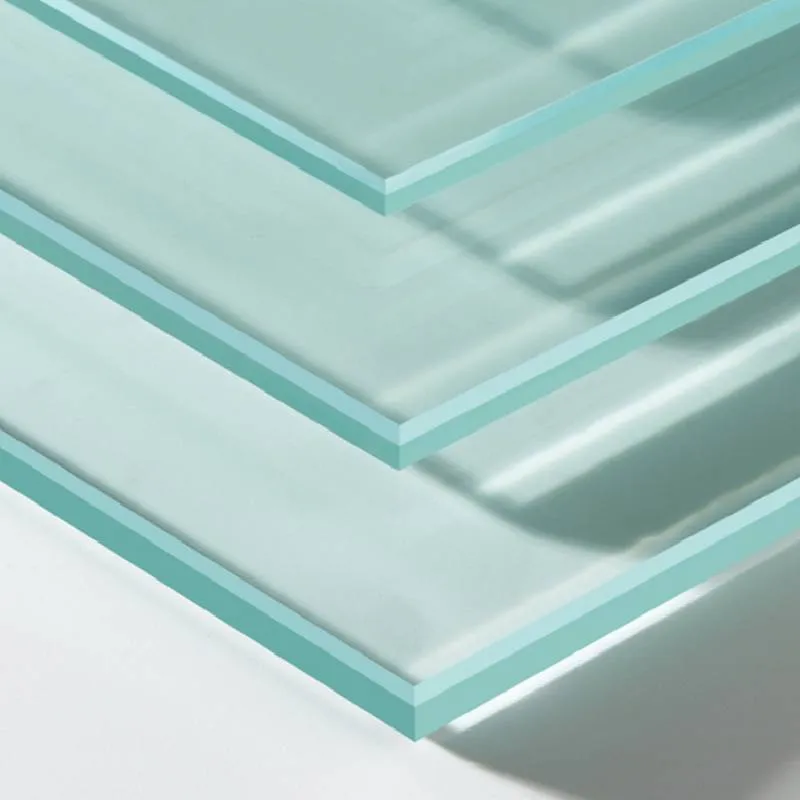The Flat Glass Process A Comprehensive Overview
The flat glass process is a critical method employed in the production of glass sheets that are widely used in various industries, including construction, automotive, and electronics. This process involves several stages, each crucial in ensuring the quality and efficiency of the final product.
The journey of flat glass begins with the raw materials, primarily silica sand, soda ash, and limestone. These ingredients are carefully measured and mixed to create a batch. The precise composition is vital as it determines the glass's properties, such as clarity, strength, and thermal resistance. Once the batch is prepared, it is fed into a furnace where it is heated to temperatures exceeding 1,600 degrees Celsius. This high heat transforms the raw materials into molten glass.
The next step in the flat glass process is forming the molten glass into flat sheets. This is typically achieved through two main techniques the float glass process and the cast glass process. The float glass process, developed in the mid-20th century, is the most common method used today. In this process, the molten glass is poured onto a bed of molten tin. The lighter glass floats on the tin and spreads out, forming a smooth and flat sheet due to gravity and surface tension. This results in glass sheets with uniform thickness and excellent optical clarity.
The cast glass process, on the other hand, involves pouring molten glass into molds to create thicker glass sheets and specialized shapes. While this method is not as widely used for mass production, it is still essential for creating unique glass products, such as artistic items and custom architectural features.
flat glass process
After the glass is formed, it undergoes a series of cooling processes, which are critical in reducing internal stresses that may lead to breakage. This cooling occurs in a controlled environment known as the lehr, where the temperature is gradually decreased. The lehr ensures that the glass maintains its structural integrity and achieves the desired properties.
Once cooled, the glass is inspected for quality. A rigorous quality control system is in place to check for defects such as bubbles, scratches, and distortions. Any sheets that do not meet the established standards are removed from the production line to ensure that only high-quality glass reaches the market.
The flat glass process does not end with the production of glass sheets. Post-processing is also an essential aspect of the industry. The glass can undergo various treatments, including annealing, tempering, and lamination, depending on its intended application. Tempered glass, for example, is treated with heat or chemicals to enhance its strength and safety, making it a popular choice for automotive and architectural uses.
The versatility and durability of flat glass make it an indispensable material in modern society. From large windows in skyscrapers to touchscreens in smartphones, the applications of flat glass are vast and continually expanding. As technology advances, so does the flat glass process, incorporating innovative techniques and sustainable practices that reduce energy consumption and environmental impact.
In conclusion, the flat glass process is a sophisticated blend of science, engineering, and artistry. It reflects human ingenuity and the desire to create materials that enhance our everyday lives while pushing the boundaries of what glass can achieve in various applications. The future of flat glass production looks promising, rooted in tradition yet driven by innovation.
 Afrikaans
Afrikaans  Albanian
Albanian  Amharic
Amharic  Arabic
Arabic  Armenian
Armenian  Azerbaijani
Azerbaijani  Basque
Basque  Belarusian
Belarusian  Bengali
Bengali  Bosnian
Bosnian  Bulgarian
Bulgarian  Catalan
Catalan  Cebuano
Cebuano  Corsican
Corsican  Croatian
Croatian  Czech
Czech  Danish
Danish  Dutch
Dutch  English
English  Esperanto
Esperanto  Estonian
Estonian  Finnish
Finnish  French
French  Frisian
Frisian  Galician
Galician  Georgian
Georgian  German
German  Greek
Greek  Gujarati
Gujarati  Haitian Creole
Haitian Creole  hausa
hausa  hawaiian
hawaiian  Hebrew
Hebrew  Hindi
Hindi  Miao
Miao  Hungarian
Hungarian  Icelandic
Icelandic  igbo
igbo  Indonesian
Indonesian  irish
irish  Italian
Italian  Japanese
Japanese  Javanese
Javanese  Kannada
Kannada  kazakh
kazakh  Khmer
Khmer  Rwandese
Rwandese  Korean
Korean  Kurdish
Kurdish  Kyrgyz
Kyrgyz  Lao
Lao  Latin
Latin  Latvian
Latvian  Lithuanian
Lithuanian  Luxembourgish
Luxembourgish  Macedonian
Macedonian  Malgashi
Malgashi  Malay
Malay  Malayalam
Malayalam  Maltese
Maltese  Maori
Maori  Marathi
Marathi  Mongolian
Mongolian  Myanmar
Myanmar  Nepali
Nepali  Norwegian
Norwegian  Norwegian
Norwegian  Occitan
Occitan  Pashto
Pashto  Persian
Persian  Polish
Polish  Portuguese
Portuguese  Punjabi
Punjabi  Romanian
Romanian  Russian
Russian  Samoan
Samoan  Scottish Gaelic
Scottish Gaelic  Serbian
Serbian  Sesotho
Sesotho  Shona
Shona  Sindhi
Sindhi  Sinhala
Sinhala  Slovak
Slovak  Slovenian
Slovenian  Somali
Somali  Spanish
Spanish  Sundanese
Sundanese  Swahili
Swahili  Swedish
Swedish  Tagalog
Tagalog  Tajik
Tajik  Tamil
Tamil  Tatar
Tatar  Telugu
Telugu  Thai
Thai  Turkish
Turkish  Turkmen
Turkmen  Ukrainian
Ukrainian  Urdu
Urdu  Uighur
Uighur  Uzbek
Uzbek  Vietnamese
Vietnamese  Welsh
Welsh  Bantu
Bantu  Yiddish
Yiddish  Yoruba
Yoruba  Zulu
Zulu 

